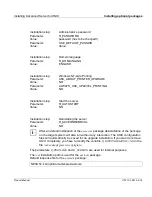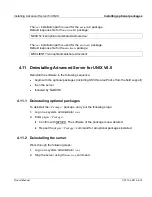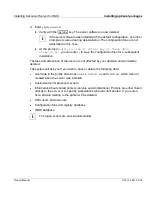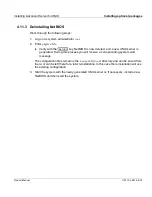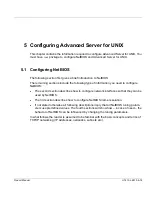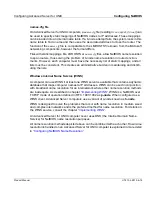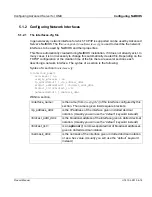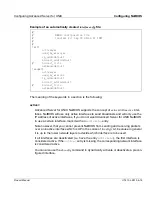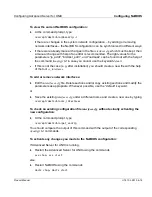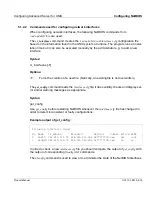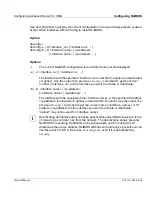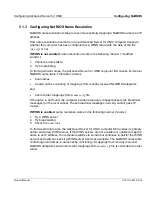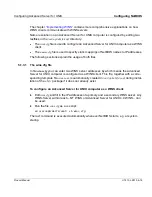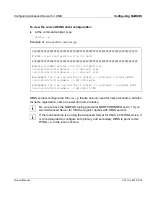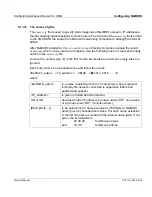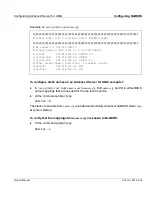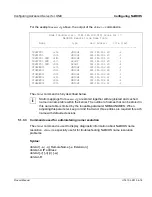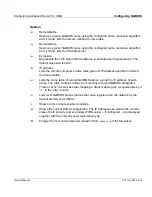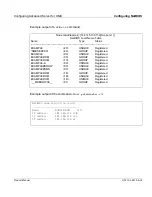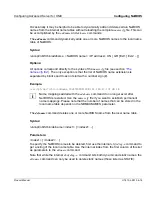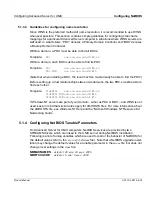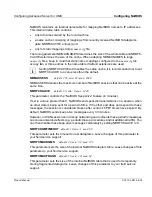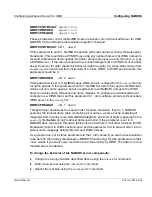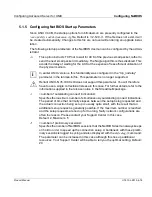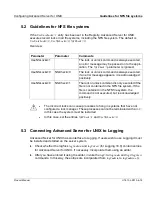
Configuring Advanced Server for UNIX
Configuring NetBIOS
Product Manual
U7613-J-Z815-6-76
©
S
iem
e
n
s
N
ix
dor
f
In
fo
rm
at
io
n
s
s
y
s
te
m
e
A
G
1
9
9
5
P
fad
: D:
\O
7
613
e6
\u
761
3e
.k
05
5.1.3
Configuring NetBIOS Name Resolution
NetBIOS name resolution is the process of successfully mapping a NetBIOS name to an IP
address.
How name resolution is carried out on a Advanced Server for UNIX computer depends
whether the computer has been configured as a WINS client (with the help of the file
wins.cfg)
or not.
If WINS is not enabled, name resolution works in the following manner (“modified
b-node”):
1. Check the name table
2. Try broadcasting
To find a particular name, the Advanced Server for UNIX computer first checks its internal
NetBIOS name table. This table contains
●
local names
●
a name cache consisting of mappings from recently received NetBIOS datagrams
and
●
a list of static mappings from a
names.cfg
file.
If the name is not found, the computer sends name query request packets (as broadcast
messages) on the local subnet. These broadcast messages normally cannot pass IP
routers.
If WINS is enabled, name resolution works in the following manner (h-node):
1. Try a WINS server
2. Try broadcasting
3. Check the
name table
To find a particular name, the Advanced Server for UNIX computer first queries its primary
and/or secondary WINS server. If the WINS servers are not available or unable to map the
name to an IP address, the computer switches to b-node but continues to poll for the WINS
servers and switches back if a WINS server becomes available. The NetBIOS name table
containing local names, a name cache consisting of mappings from recently received
NetBIOS datagrams and a list of static mappings from a
names.cfg
file is consulted as a last
resort.

